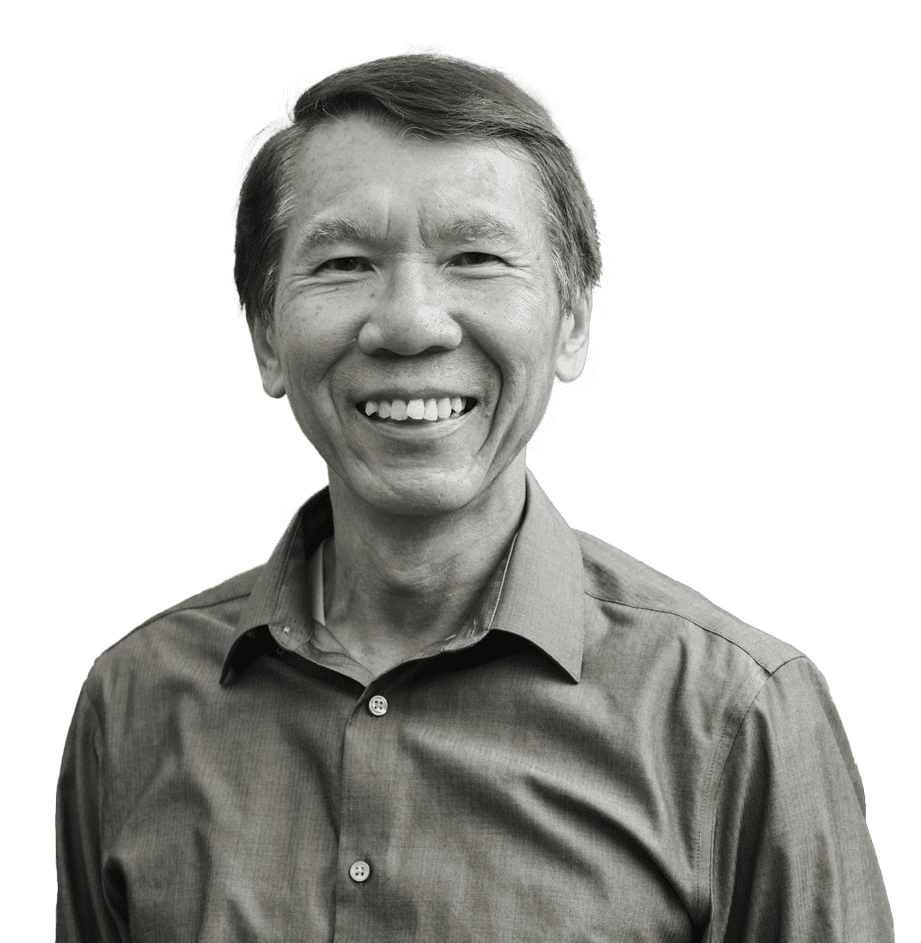Tech Icon Spotlight:
Thuan Pham
Former CTO, Uber

Quick links
Thuan Pham jokes that his journey into the world of technology started with a simple insight:
“I hate doing the same thing twice. Maybe I have a propensity to be lazy.”
Unlikely. Pham leveraged a natural gift for algorithmic thinking into two degrees from MIT and a 30-year career leading technical teams, most notably a seven-year stint as the Chief Technology Officer at Uber.

Innovation requires
comfort with uncertainty
While Pham says that he loves the technical coding side of engineering, he knew early in his career that he would need to go into management in order to fulfill his desire to build bigger and bigger things. “As I progressed in my career, I began to look at it less as coding and more as problem-solving. Anyone can do the code; it’s just the tool. If you just fixate on the technology, you can’t create the maximum impact of building really meaningful things really well.”
This perspective is the key to innovation, where uncertainty comes with the territory. An engineer focused on whether the code is right or not might miss the fact that good code won’t solve the wrong problem. “When we were building Uber, there was nothing like it before. Everything we did was breaking new ground. If you’re going to go into uncharted territory, you have to try to make the right decisions but know you’re also going to make the wrong decisions.”
If you just fixate on the technology, you can’t create the maximum impact of building really meaningful things really well.”

Leadership is about
scaling problem-solving
Pham sees leadership as a way of scaling his own abilities to solve problems that no one can do alone. He recalls early in his career working 18-hour days, and admiring his head of engineering for being able to keep the team motivated. “I already did as much as I could as humanly possible as a single person. If I can leverage five, ten people in a team with me, we can do bigger things,” he remembers thinking.
Once the project wrapped up, the engineering head was promoted, and Pham asked for the role–which he was denied. “The answer I got was, ‘Thuan, we love what you do here. We think you’re going to be much better on the technical contributor track. You’re going to be a principal scientist at this company, easy.’ I remember walking out of that one-on-one knowing I would leave the company. Two weeks later, I was already starting my next job at a startup. I knew I had to get on the leadership path because my passion was to build something great. And I recognized that you can’t do anything very big by yourself.” While Pham doesn’t have a single mentor he attributes to his leadership style, he has carefully observed other leaders he’s worked with throughout the years to learn what works–and what doesn’t.
“I remember my very first manager at HP; I was an intern on a team full of PhDs. Whenever I had a significant milestone, he would bring the team together and give me a chance to demo it to get feedback. This made me feel so visible, which is something I try to do for other people.”
If you’re going to go into uncharted territory, you have to try to make the right decisions but know you’re also going to make the wrong decisions.”

Learn to balance the needs of
your people and the company
While there’s one school of thought that says managers should maintain a degree of separation from their reports, Pham sees it the other way. He believes leaders need to stay connected to their people as much as possible instead of siloing themselves off in the C-suite. “I don’t care what rank anyone has. We have to treat each other as human beings. When that happened to me, those were the moments I felt like I was going to do everything humanly possible to make that manager succeed.”
This is why, next to technical skills, the key element Pham looks for in hiring is cultural fit. “My non-negotiable rule is we put the company first, your team second, yourself last. If you hire people who subscribe to that philosophy, the team works really well because then they never have to check their six. Whenever someone stumbles, they all congregate and help each other up. The more trust you build among each other, the stronger the team gets.” The need to put the company first can sometimes come into conflict with the desire to focus on people. For Pham, all of the most difficult business decisions he’s had to make have been about people, with the toughest being a situation where good people were no longer the right fit for where the company was going.
“When a company is growing 10x in a year, it’s almost impossible for someone to also grow 10x in terms of their experience, knowledge and sophistication. For one position, we had to switch people four times within four and a half years to keep up with the needs of the business. But if you don’t have the right people, the business will falter.”
I don’t care what rank anyone has. We have to treat each other as human beings.”
